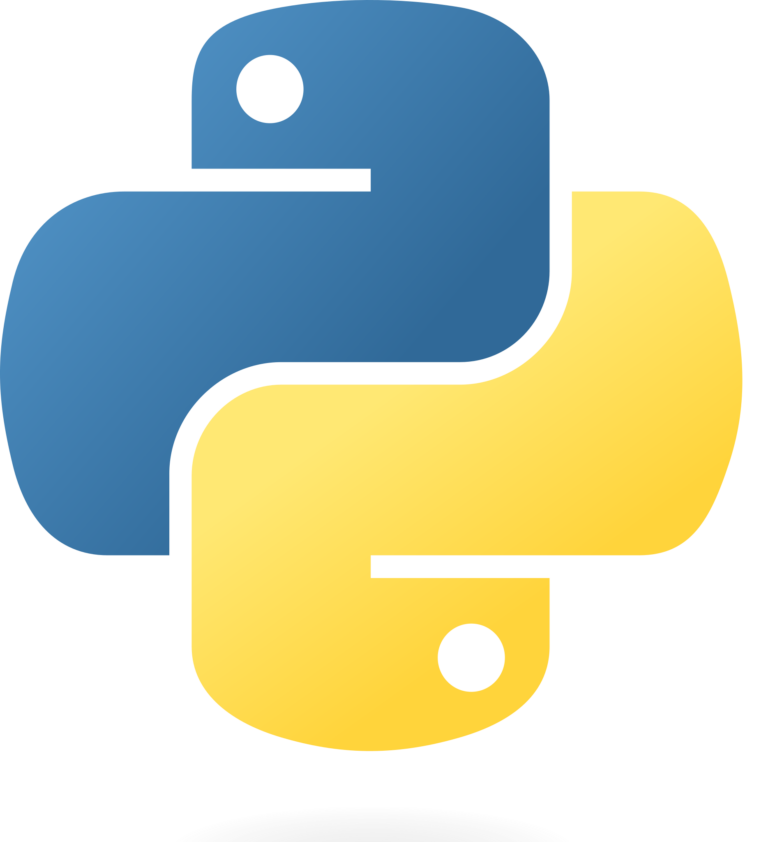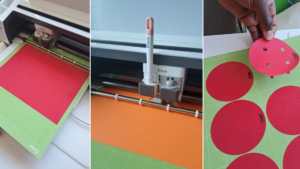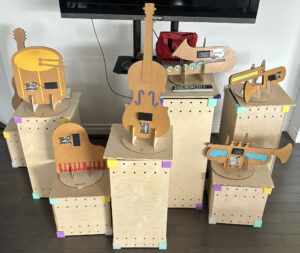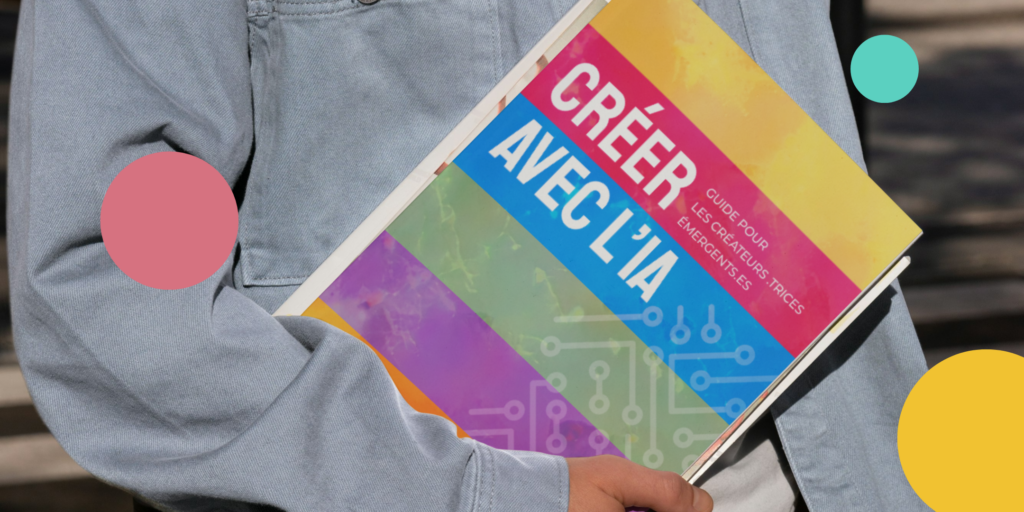How can you introduce young people to programming in the classroom in an easy and accessible way?
The world of programming may seem complex, but it’s an incredibly rewarding field, especially for younger inquisitive minds looking to push the boundaries of their creativity.
As a teacher, introducing programming into your curriculum offers an exciting opportunity to broaden your students’ intellectual horizons while developing essential skills for the modern world.
In this article, we’ll explore the basics of programming, popular languages suitable for beginners, and valuable resources. As a bonus, we’ll discuss the benefits of teaching programming and how the GenieLab educational kits can be a very useful resource in this educational adventure.
The basics of programming
Programming is like giving instructions to a computer to perform specific tasks. Let’s put it simply:
- Algorithms: These are sequences of logical steps for solving a problem. They can be compared to a recipe, where each step is crucial to obtaining the desired result.
- Loops and Conditions: Loops allow instructions to be repeated, while conditions introduce alternatives based on specific criteria.
- Variables: Like boxes in which to store information, variables are essential to making a program flexible and adaptive.
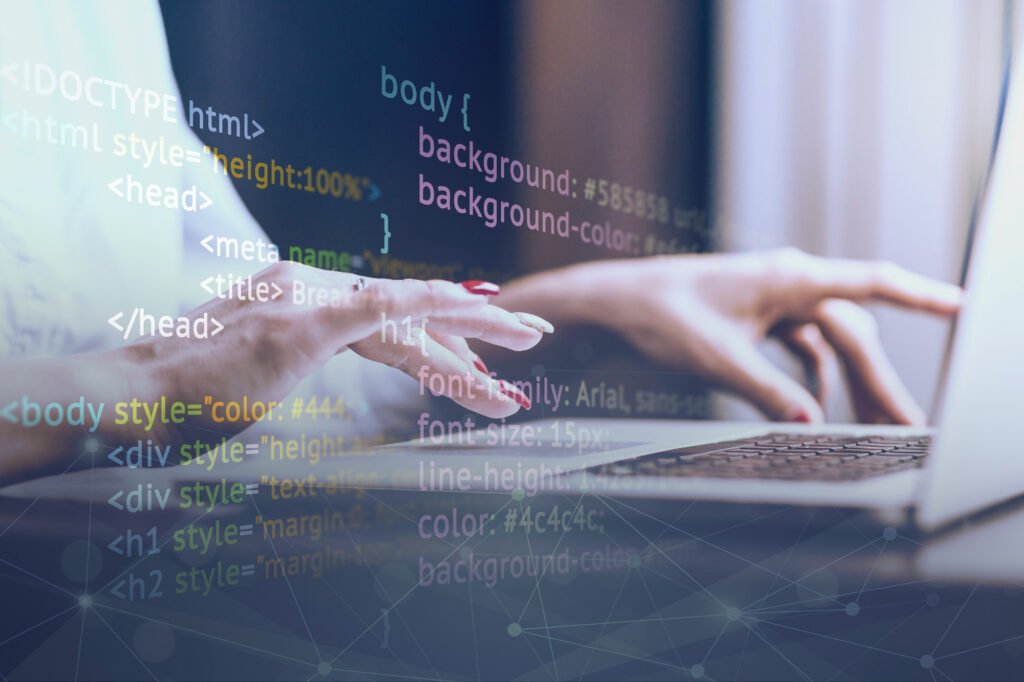
Programming languages for beginners
This is the platform we use at GénieLab, and which we introduce to young people at our LabCréatif workshops!
Makecode makes coding accessible using blocks, and also translates code into Python and Javascript, which is very useful for many projects.
Ideal for primary school pupils, Scratch uses visual code blocks to create programs. It’s intuitive and encourages creativity.
For more advanced high school students, Python is one of the most popular languages. Its simple syntax makes it very accessible.
Integration into the school curriculum
Introducing programming into the school curriculum is much more than just adding subjects. It’s an opportunity to provide students with essential skills for navigating an increasingly digital world.
Here’s how the integration of programming can be shaped and the benefits it brings:
Developing cross-disciplinary skills
- Logical and Analytical Thinking: Programming encourages logical thinking by breaking down complex problems into simpler steps. This analytical approach strengthens students’ ability to tackle all aspects of their education.
- Problem solving: Students learn to identify, analyze and solve problems systematically. These skills are transferable to many academic disciplines and to everyday life.
Encouraging creativity and innovation
- Hands-on projects: Programming activities often involve the creation of concrete projects. Whether it’s making or participating in the stages of a video game, an animation or a simple application, these projects give students a platform to express their creativity and develop design skills.
- Creative thinking: Programming stimulates creative thinking by encouraging students to find innovative solutions. This creates an environment where mistakes are seen as learning opportunities, fostering creativity and perseverance.
Preparing for the digital age
- Professional skills: Programming is not only a technical skill, but also a professional one. It exposes students to the basic concepts of the computer world, preparing those considering careers in the STIAM (Science, Technology, Engineering, Arts and Mathematics) fields.
- Adaptability to Emerging Technologies: By integrating programming and digital, students become better able to understand and adapt to emerging technologies. This positions them advantageously to understand and contribute to the rapidly evolving digital society.
Promoting collaboration and teamwork
- Collaborative projects : Programming activities can be structured to encourage collaboration. Students can work together on projects, sharing ideas and solving problems collectively.
- Communication and Sharing: By exposing students to coding, they are also encouraged to explain their ideas clearly and share their work with others, thus strengthening their communication skills.
Equity in education
- Accessibility for all: Introducing programming at primary level promotes equity by offering all students, regardless of their social background, the opportunity to acquire these crucial skills.
- Elimination of gender stereotypes: Encouraging girls’ interest and participation in programming from an early age helps to break down gender stereotypes in the field of technology.
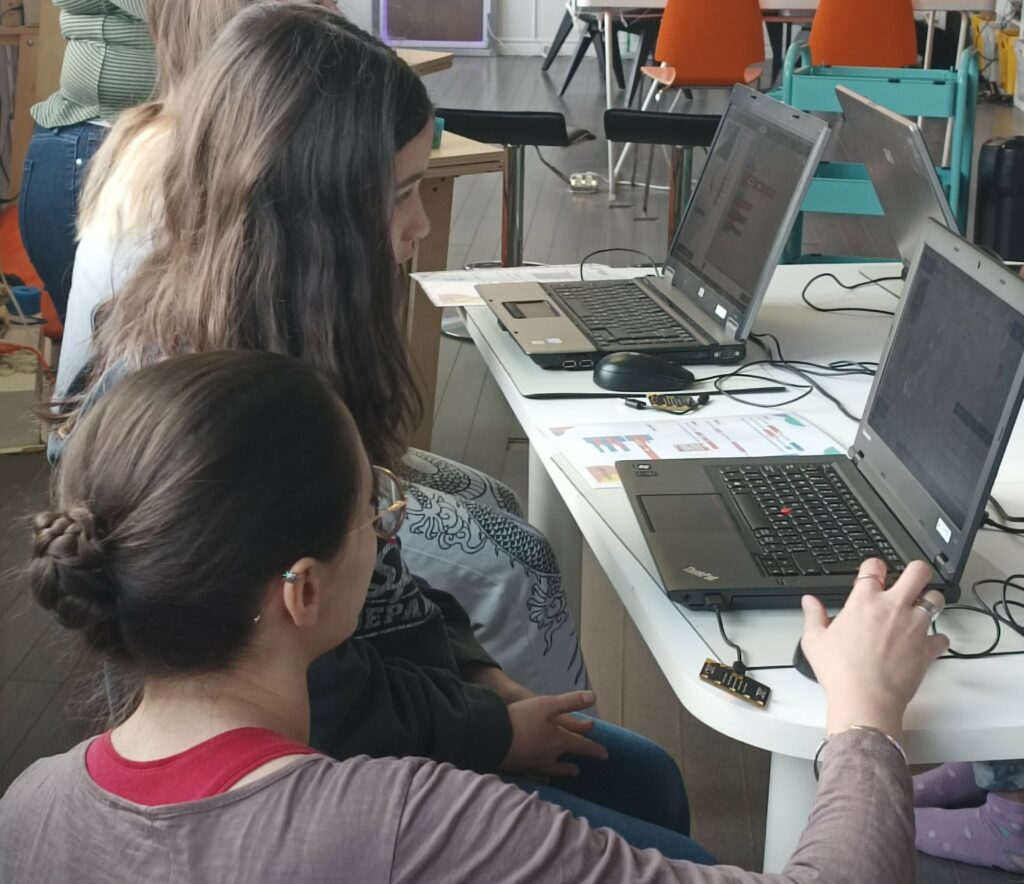
GénieLab: an engaging educational resource
GénieLab educational kits, and in particular the kit Rosy the tardigrade and the message from space, are designed to simplify the teaching of programming. With hands-on activities, comprehensive guides and teaching aids, they offer an immersive experience, suitable for different grade levels. Integrating GénieLab into your educational program brings programming to life in an accessible and fun way.
In conclusion, an introduction to programming for young people opens doors to understanding the digital world around them. As a teacher, you have the power to inspire the next generation of programmers and innovators. With the right tools, like GenieLab educational kits, you can make learning to program an exciting and rewarding adventure for your students.
And good news, GenieLab’s educational pathways can be included in digital combos!
Subscribe to the newsletter
Keep up to date with
techno-educational news !
- 23 February, 2024
Would you like to find out more?
Book a call with our team!
We’ll help you discover our products and installations, and set them up in your classroom.
Explore our complete offer !
Discover all our educational and techno-creative kits, as well as our workshop and training offers, in our online store.


